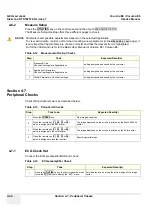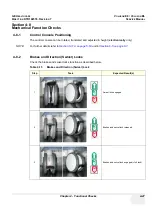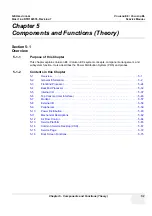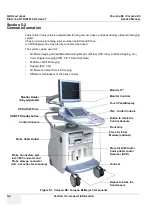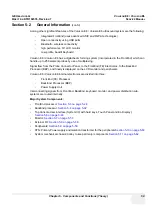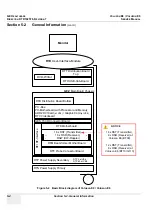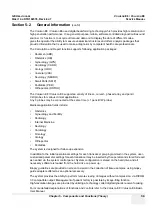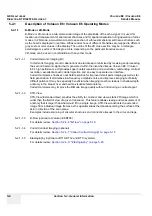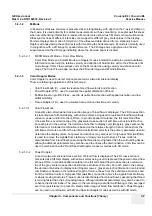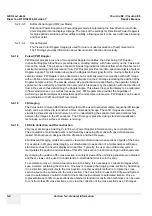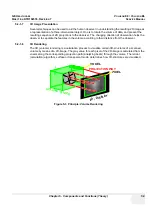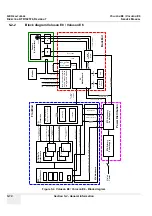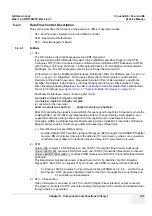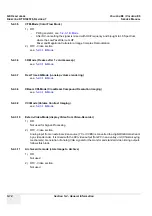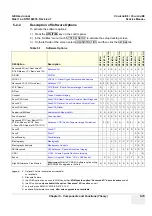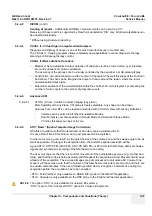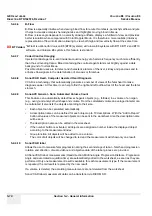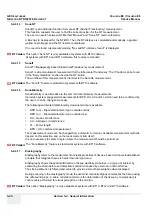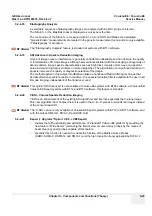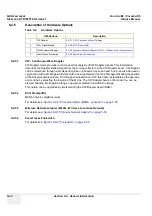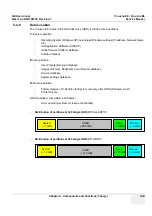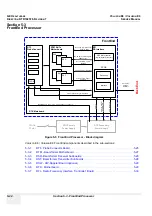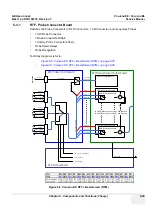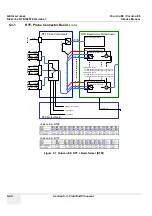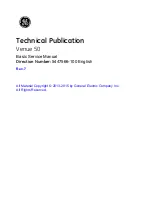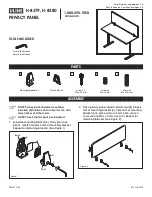
GE H
EALTHCARE
RAFT
V
OLUSON
E8 / V
OLUSON
E6
D
IRECTION
KTD102576, R
EVISION
7
DRAFT (A
UGUST
23, 2012)
S
ERVICE
M
ANUAL
5-12
Section 5-2 - General Information
5-2-3-1-1
Special B-Mode Techniques
a.)
HI
(Coded Harmonic Imaging):
In one method of HI the RX-Frequency is doubled, so that the radial resolution is increased
due to the higher RX-Frequency.
The second method of HI is pulse-inversion: 2 TX-Beams are shot to the same Tissue-location,
one with positive, one with negative polarity. The subtraction of both shots (Subtraction Filter)
brings to bear the nonlinear-echo-reflection-properties of the tissue (especially in usage of
Contrast-medias), which is very useful with extremely difficult-to-image patients.
b.) FFC (Frequency and Focus Composite):
2 or more TX-Beams are shot to the same Tissue-location. The Beams have different TX-foci.
By means of Blending (adaption of Brightnesses) they are composed to one whole RX-Line.
c.) XBEAM CRI (CrossBeam - Compound Resolution Imaging):
Does not need any special functions of RFI.
Image is composed of more than one different-direction-steered images. PC-calculated.
d.) VCI (Volume Contrast Imaging): Does not need any special functions of RFI.
Image is composed of more than 2 small angle neighbored images. PC-calculated.
(Only possible with 4D-Probes).
5-2-3-2
M-Mode
1.) RFI
a.) DMA section
B-mode-Data from RFI is written via SP0 into SDRAM Fifo Buffer memory. DMA Controller 1
transfers the data into PC main memory where scan conversion is performed per software,
i.e. the sweep image is generated (scaling and interpolation between lines).
CineMode: CineMode-Memory is the PC main memory.
CineMode with ECG: CineMode-Memory for the ECG-Curve is inside PC-Memory.
Software has to take care that M-Mode-Image and ECG-Curve are placed exactly one upon
the other, means: have the same Cine-Shift.
2.) RTM
3.) RTV - Video section

